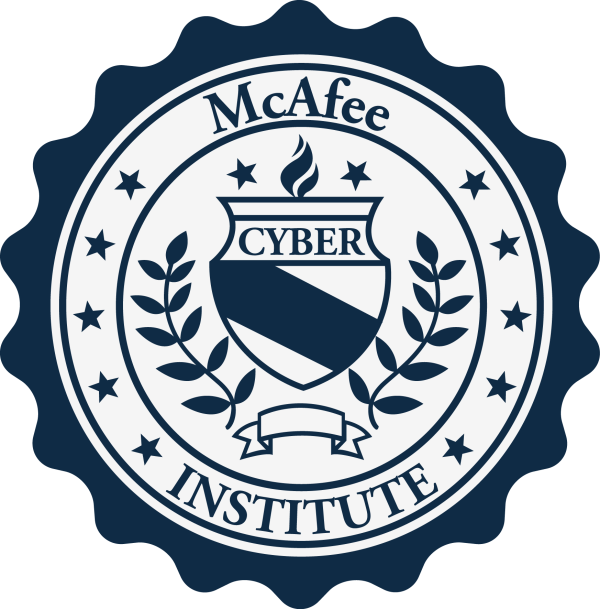Mining cryptocurrency is how transactions for the many various forms of cryptocurrency are verified and then added to the blockchain digital ledger. Each time a transaction is made, an individual called a “miner” is responsible for authenticating the transaction and updating the blockchain information. Miners basically work as auditors, who verify previous transactions, then post them to the blockchain. This convention provides transparency and is designed to keep Bitcoin users honest, and was conceived by Bitcoin’s founder, Satoshi Nakamoto. When miners verify transactions, they help to prevent double-spending.
The mining process itself can be very involved. It requires considerable computer resources and competing with other miners to solve cryptographic puzzles. These puzzles utilize complicated mathematical problems and cryptographic hash functions associated with a block containing the transaction data. The first miner to solve the puzzle has authorized the transaction, and in return, is provided a small amount of cryptocurrency (usually about 12.5 bitcoin) of their own.
To be competitive with other miners, a computer with specialized hardware is required. There are very few cryptocurrencies in existence today that can be mined with a standard computer. Monero, ZCash, and a few others are the only cryptocurrencies remaining that can be mined using a standard computer. Just about every cryptocurrency or altcoin now requires special computer hardware to mine with any efficiency. What you will need to mine cryptocurrencies is as follows:
- A coin wallet. These are free, private databases that you install on your computer. They are basically password-protected containers that store your earnings and keep a network-wide ledger of transactions.
- A mining software package.
- A membership in an online mining pool. This is normally a community of miners who combine their computers to increase profitability and income stability.
- Membership at an online currency exchange. Here, you can exchange your virtual coins for conventional cash and vice versa.
- A reliable full-time internet connection. You will need a minimum speed of 2 megabits per second or faster.
- A hardware setup location in a cool or air-conditioned space.
- A custom-built computer designed for mining. You may use your current computer to start, but since so much of the computer’s resources are used in the mining process, you won’t use the computer while the miner is running. A separate dedicated computer is ideal. A laptop, gaming console, or handheld device will not be effective enough to generate income.
- An ATI graphics processing unit (GPU) or an Application Specific Integrated Circuit (ASIC) chip. The cost will be anywhere from $90 used to $3000 new for each GPU or ASIC chip. ASICs for Bitcoin and other currencies are designed to be able to calculate and check hashes extremely fast. The GPU or ASIC will be the workhorse of providing the accounting services and mining work.
- A standard house fan. Use this to blow cool air across your mining computer. Mining generates substantial heat, and keeping the hardware cool, is critical for your success.
Cryptocurrency mining is expensive, time-consuming, and only sporadically rewarding. However, cryptocurrency mining has a magnetic draw for many investors interested in cryptocurrency, similar to the mining fever experience during the “gold rush” days.
It is widely known that the Chinese have been mining bitcoin for quite some time. Chinese Bitcoin mining companies move into rural areas and set up warehouses containing thousands of mining computers (see Figure 10). So, needless to say, anyone looking to mine bitcoin as a hobby should probably try to find another hobby.
Figure 10: Warehouse Mining Operation




Post your comment on this topic.